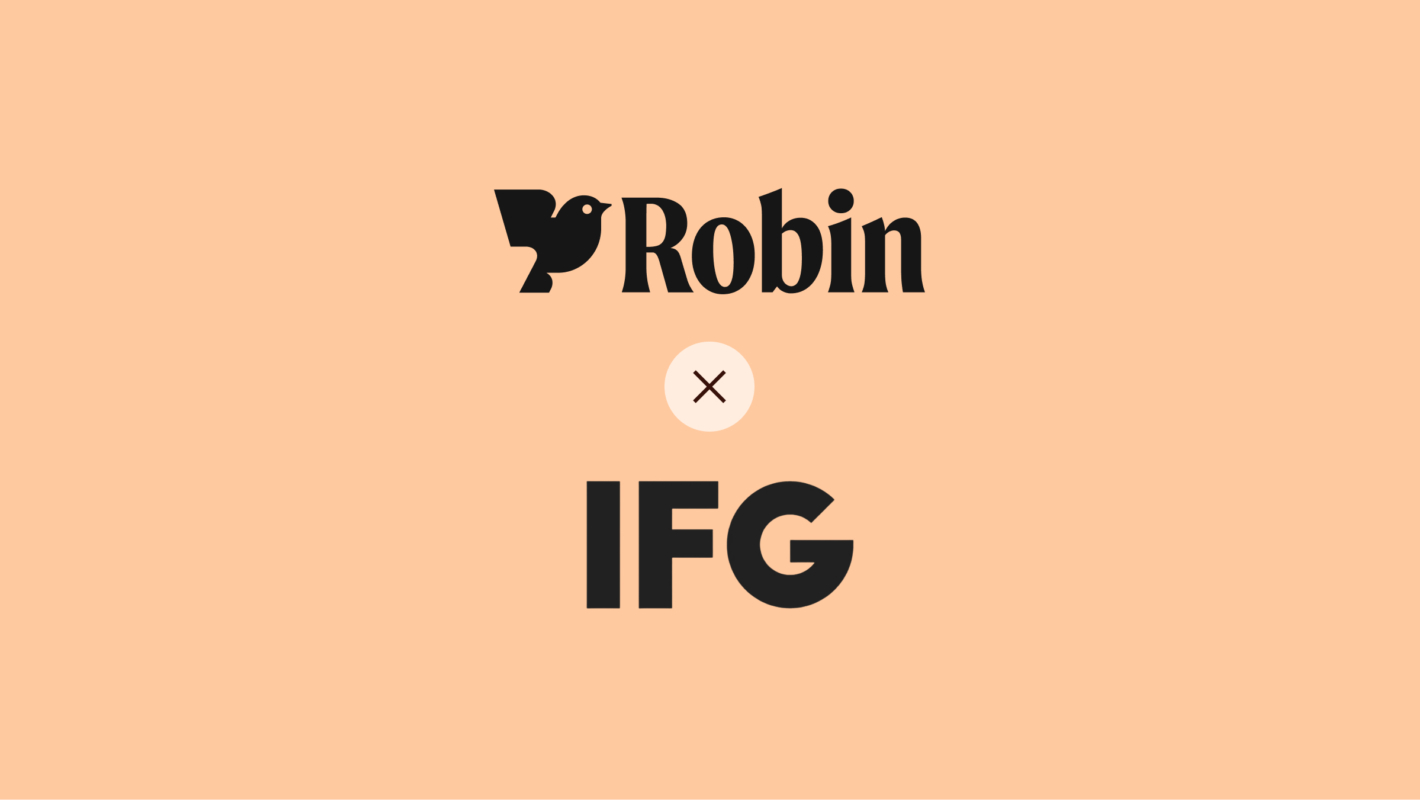Use case: Close deals faster with precedent analysis
August 15, 2025
Faster Deals with Precedent Analysis
Precedent is critical for complex contract negotiation, serving as both institutional memory and strategic leverage. When reviewing agreements, legal teams must navigate a complex web of considerations: how do current terms deviate from our standard position, which fallback terms proved successful in past negotiations, and how have similar counterparties responded to specific provisions? This knowledge is scattered across an unknown number of executed agreements, buried in shared drives, attempted clause banks, or in the memories of experienced team members who may no longer be with the organisation.
The challenge extends beyond simple text retrieval. Not all precedent is equal, with hastily agreed terms from three years ago representing undesirable contract terms, whilst a carefully crafted agreement last quarter with a similar counterparty providing invaluable guidance. Legal teams must be equipped to discern 'gold standard' precedents from outlier agreements containing unusual concessions.
Robin's Chat functionality transforms precedent research from manual excavation to automated strategic intelligence. Natural language queries across your contract repository leads legal professionals to seamlessly access their organisation's historical positions, understand patterns in accepted language, and provide context to determine precedent applicability. Clickable citations lead professionals straight to the source text, eliminating the need for Ctrl+F.
Step 1: Upload to Robin
Begin by uploading your executed agreements and approved templates to Robin's platform. The quality of precedent research depends on the relevance of your document library.
When uploading, leverage Robin's permission groups and properties to create logical organisational. Establish groups for templates, correctly allocate contract type, and create groups for specific projects, deals or transactions. This foundational organisation ensures that future precedent searches can focus on the contracts that are relevant and matter most.
Step 2: Define your precedent scope
Effective precedent research requires careful scoping. When seeking relevant language, filter your document library using multiple dimensions to create a targeted precedent set. Consider filtering by:
- Document type (MSAs, NDAs, licensing agreements)
- Counterparty characteristics (repeat vendors, strategic partners, one-off suppliers)
- Time (agreements from the past 18 months versus historical contracts)
- Jurisdictional considerations (agreements governed by similar legal frameworks)
- Transaction size or risk profile (high-value contracts may contain more negotiated positions)
This targeted filtering ensures Robin analyses comparable precedents rather than surfacing irrelevant provisions from dissimilar commercial contexts.
Step 3: Prompt with precision
Craft queries that reflect both the specific provision under review and the broader negotiation context. Effective precedent queries combine specific language references with strategic considerations about acceptability and variation. Rather than generic searches, provide Robin with the full context:
"We're negotiating a £5M software licence with a financial services client. How have we previously handled data security provisions in similar value technology agreements, particularly regarding breach notification timelines and liability for data loss? Focus on agreements from the past two years where we were the vendor."
Step 4: Evaluate precedent quality through citations
Robin's citation system is your way to verify accuracy and quickly assess precedent. Each citation links directly to the source contract and provision, allowing users to evaluate whether the referenced contract is appropriate precedent for current negotiations.
Step 5: Build negotiation strategies through iterative analysis
The conversational nature of Chat enables increasingly sophisticated precedent analysis through follow-up queries. Begin with broad precedent identification, then drill into specific variations and their implications:
Initial query:
"Categorise all limitation of liability provisions we've accepted in technology services agreements"
Follow-up:
"Which of these provisions included carve-outs for data breaches or IP infringement?"
Strategic analysis:
"Compare the three most vendor-favourable versions with our standard template—what concessions did we make and were they limited to specific commercial contexts?"
Advanced prompting strategies for precedent research
Leverage the "Have we ever?" framework
Structure queries around specific acceptance patterns to understand your organisation's true boundaries rather than stated positions:
"Have we ever accepted unlimited liability for breach of confidentiality in a vendor agreement? If so, what were the specific circumstances and how was this risk mitigated elsewhere in the contract?"
Request precedent hierarchies
Ask Robin to categorise precedents by favourability or frequency to understand your negotiation spectrum:
"Rank the indemnification provisions in these supplier agreements from most to least favourable to [Company], noting which appear most frequently. Identify any outliers that significantly deviate from the common pattern."
Combine precedent with playbook validation
Include your playbooks or policy documents in the document set to assess precedent alignment with current standards:
"[clause text]. This clause allows consequential damages in certain circumstances. How does this compare with the position on damages on [playbook/template document], and have we accepted similar carve-outs in agreements executed in the past year?"
Surface negotiation patterns with specific counterparties
For repeat negotiations, understanding historical patterns provides powerful leverage:
"Across our three previous agreements with [Counterparty], trace how our positions on intellectual property ownership evolved. Have the terms been consistent over time?"
The interplay between AI analysis and legal expertise
Robin's precedent research capabilities amplify rather than replace legal judgement. The system excels at pattern recognition across vast document sets, surfacing connections that human review might miss. Robin may identify that a particular fallback position consistently appears with a specific counterparty type, but it will not have full context of a deal which may create precedent with unusual concessions.
Legal professionals use Robin to rapidly identify relevant precedents and understand their variations, then apply professional judgement about their applicability to current negotiations. Robin eliminates the dig through document repositories, freeing lawyers to focus on the strategic assessment that only human expertise can provide.
Providing contract intelligence for negotiations
Robin transforms precedent from static reference material into dynamic negotiation intelligence. By understanding not just individual precedents but patterns across entire portfolios, legal teams can identify which positions truly represent organisational redlines versus those with demonstrated flexibility, enabling more sophisticated negotiation strategies that balance risk management with commercial objectives.

